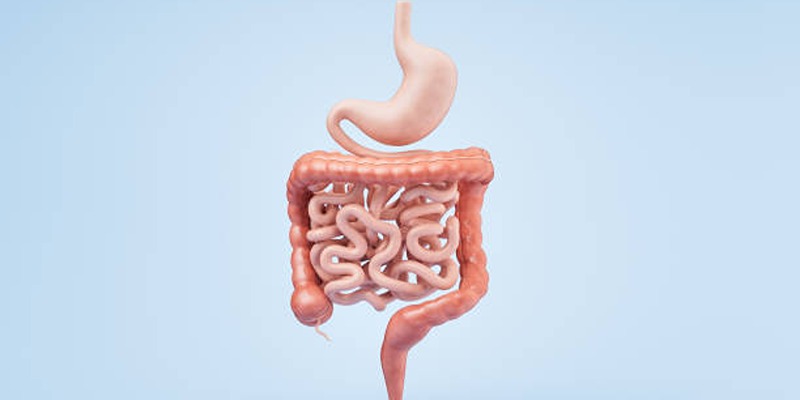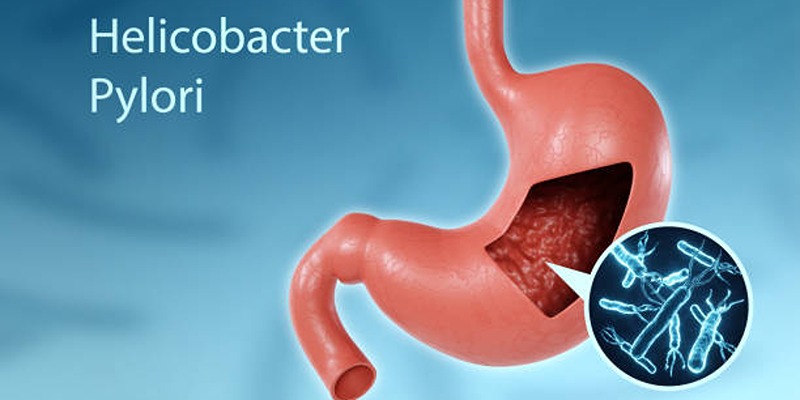What Causes a Herniated Disc? Risks and Complications Explained
Advertisement
A herniated disc develops when the soft material inside spinal discs escapes through the outer protective layer thus causing nerve irritation. The condition triggers painful reactions with weakness and numbness, frequently arising in the lower back and neck area. The severity of herniated disc symptoms varies from individual to individual as some people detect the symptoms and others do not. Knowledge about risk factors alongside disease origins will help people effectively control and avoid this medical problem.
What Causes a Herniated Disc?
 Disc herniation requires a gradual process to occur. Aging damage to the spine is what usually causes such problems to arise over time. Several health conditions together with particular activities serve as risk factors that increase the likelihood of developing this condition.
Disc herniation requires a gradual process to occur. Aging damage to the spine is what usually causes such problems to arise over time. Several health conditions together with particular activities serve as risk factors that increase the likelihood of developing this condition.
Aging and Disc Degeneration
During normal aging processes, spinal discs become less flexible and they lose their fluid content. The natural state of intact spinal discs in young bodies enables them to act as protective shock-absorbing elements for the spine. Disc tissue progresses towards dehydration and decreased elasticity which leaves them susceptible to tearing as well as ruptures. Natural aging leads to disc degeneration which functions as the main reason behind herniated discs.
Most individuals experience age-related spine changes which stay free of symptoms. When a disc ruptures it triggers pain and discomfort while nerve compression becomes a major cause of such pain.
Heavy Lifting and Poor Lifting Techniques
Lifting heavy objects incorrectly is one of the most common causes of a herniated disc. Many people bend at the waist and lift with their back instead of using their legs. This improper technique puts excessive pressure on the lower back and increases the risk of tearing the outer layer of a disc.
Jobs that involve frequent heavy lifting, pushing, or pulling—such as construction work, warehouse jobs, or nursing—can increase the risk of disc injuries over time.
To avoid this, it is essential to lift properly by bending the knees, keeping the back straight, and using the leg muscles rather than the back.
Repetitive Strain and Poor Posture
Certain habits and activities can gradually weaken the spine and lead to disc problems. For example, sitting for long hours with poor posture puts continuous stress on the lower back, increasing the risk of a herniated disc.
Common activities that contribute to repetitive strain on the spine include:
- Sitting at a desk for long periods without proper back support
- Frequently bending or twisting the spine
- Working in physically demanding jobs that involve repetitive lifting or bending
- Spending excessive time looking down at phones or screens (text neck syndrome)
Maintaining good posture and taking frequent breaks from sitting can help prevent unnecessary stress on the spine.
Sudden Trauma or Injury
A sudden injury, such as a fall, car accident, or sports-related impact, can cause a disc to herniate instantly. When the spine is exposed to excessive force, the outer layer of a disc may tear, allowing the inner material to bulge out and press on nerves.
Sports like football, gymnastics, wrestling, and weightlifting carry a higher risk of traumatic disc injuries. Proper training, warm-ups, and protective gear can reduce the chances of injury.
Being Overweight or Obese
Carrying extra body weight increases pressure on the spine, particularly in the lower back. This added stress makes the discs more likely to break down and herniate over time.
Maintaining a healthy weight through regular exercise and a balanced diet can significantly reduce the risk of developing a herniated disc.
Genetic Factors
Some people are genetically predisposed to weaker spinal discs. If your parents or close relatives have suffered from disc problems, you may have a higher risk of experiencing a herniated disc. While genetics alone won’t cause the condition, it can increase your susceptibility when combined with other risk factors.
Complications of a Herniated Disc
A herniated disc can cause mild to severe complications, depending on where the herniation occurs and whether it presses on nerves. If left untreated, it can significantly affect a person’s daily life.
Chronic Pain and Limited Mobility
Herniated discs can lead to persistent pain in the back, neck, or limbs. The pain may worsen with movement, making it difficult to perform everyday activities like walking, bending, or sitting for long periods.
Some people may experience shooting pain down the arms or legs, making mobility even more challenging.
Nerve Compression and Sciatica
If a herniated disc presses on the sciatic nerve, it can cause sciatica—a condition that results in sharp pain radiating down one leg. This pain is often accompanied by tingling, numbness, and weakness in the affected leg or foot.
Sciatica can be extremely painful and may take weeks or months to improve. In severe cases, medical intervention is necessary to relieve pressure on the nerve.
Muscle Weakness and Loss of Coordination
Compressed nerves can lead to muscle weakness in the affected areas. For example, a herniated disc in the lower back can make it difficult to lift the foot while walking (foot drop).
Similarly, a cervical herniated disc can cause weakness in the arms and hands, making it hard to grip objects.
Permanent Nerve Damage
In rare cases, prolonged nerve compression can lead to permanent nerve damage, resulting in chronic pain, loss of sensation, or even paralysis in severe cases. Early treatment can prevent this from happening.
Cauda Equina Syndrome (Medical Emergency)
A severely herniated disc in the lower back can compress the cauda equina, a bundle of nerves at the base of the spinal cord. This can cause:
- Severe lower back pain
- Loss of bladder or bowel control
- Numbness in the inner thighs or around the groin
Cauda equina syndrome is a medical emergency and requires immediate surgery to prevent permanent paralysis.
Preventing a Herniated Disc
 While it may not be possible to completely prevent a herniated disc, there are several ways to reduce the risk:
While it may not be possible to completely prevent a herniated disc, there are several ways to reduce the risk:
- Maintain good posture when sitting, standing, and lifting
- Exercise regularly to strengthen back and core muscles
- Avoid heavy lifting or use proper lifting techniques
- Maintain a healthy weight to reduce stress on the spine
- Take breaks from prolonged sitting and stretch regularly
Conclusion
A herniated disc can cause significant pain and mobility issues, especially if it compresses nearby nerves. While aging, poor posture, heavy lifting, and injuries are the most common causes, certain lifestyle changes can help reduce the risk. If you experience chronic back pain, leg pain, or muscle weakness, consult a healthcare professional to discuss treatment options. Early diagnosis and treatment can prevent severe complications and improve overall spinal health.
On this page
What Causes a Herniated Disc? Aging and Disc Degeneration Heavy Lifting and Poor Lifting Techniques Repetitive Strain and Poor Posture Sudden Trauma or Injury Being Overweight or Obese Genetic Factors Complications of a Herniated Disc Chronic Pain and Limited Mobility Nerve Compression and Sciatica Muscle Weakness and Loss of Coordination Permanent Nerve Damage Cauda Equina Syndrome (Medical Emergency) Preventing a Herniated Disc ConclusionAdvertisement












